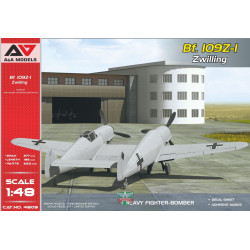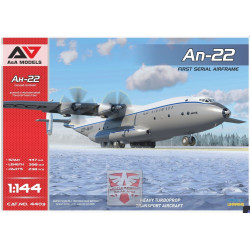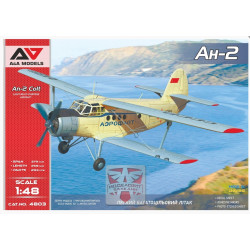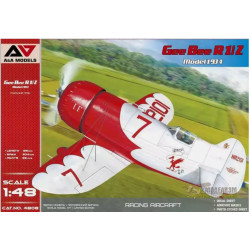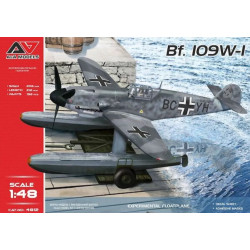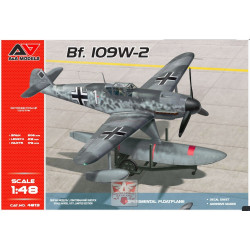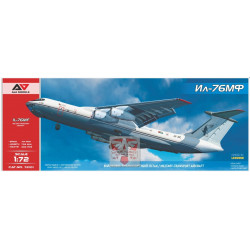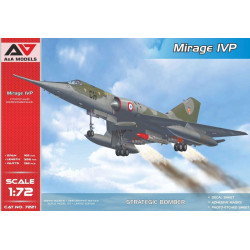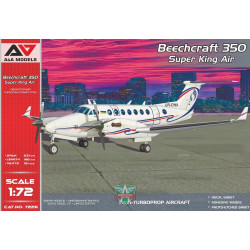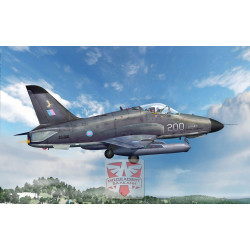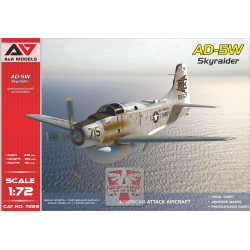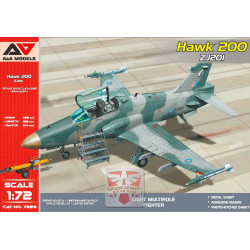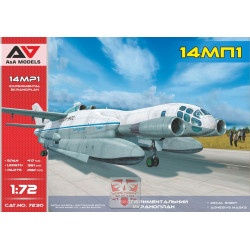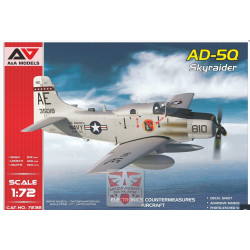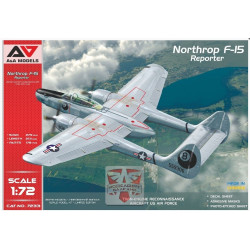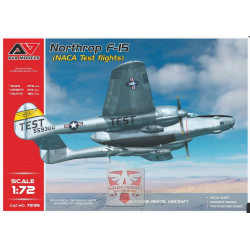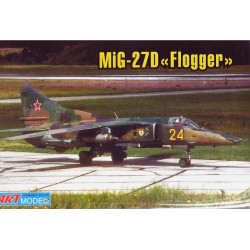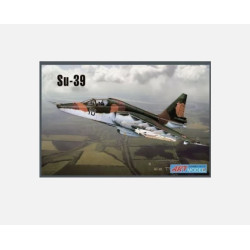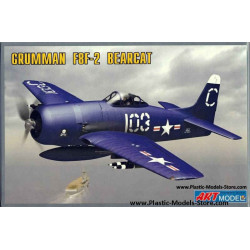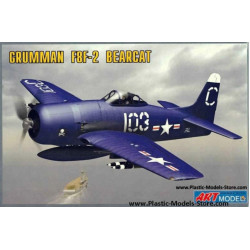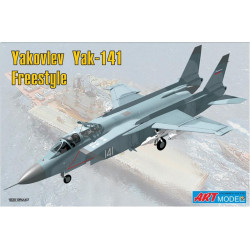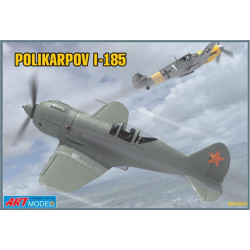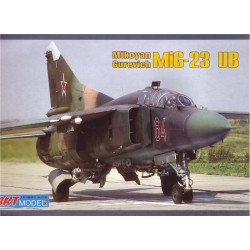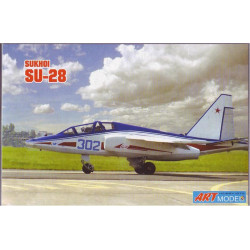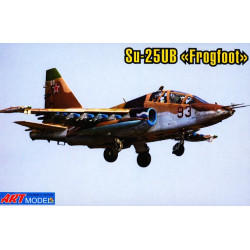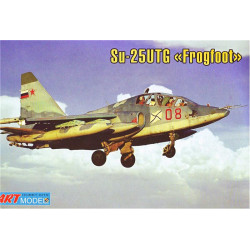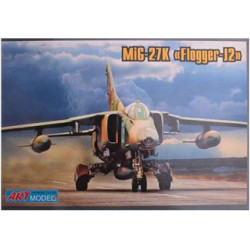I-210(MiG-9) Soviet fighter
1/72 military aircraft fighter scale plastic model kit
Art Model 7207
Manufacturer: Art Model (Ukraine)
Scale: 1/72
Material: Plastic
Paint: Unpainted, Unassembled, Kit do not contain paints and glue.
Condition: New in Box
The Mikoyan-Gurevich MiG-9 (Russian: МикоÑн и Гуревич МиГ-9,USAF/DOD designation Type 1, NATO reporting name: Fargo) was the first turbojet fighter developed by Mikoyan-Gurevich in the years immediately afterWorld War II. It used reverse-engineered German BMW 003 engines. Categorized as a first generation jet fighter, it was moderately successful, but suffered from persistent problems with engine flameouts when firing its guns at high altitudes due to gun gas ingestion. A number of different armament configurations were tested, but nothing solved the problem. Several different engines were evaluated, but none were flown as the prototype of the MiG-15promised superior performance.
A total of 610 aircraft were built, including prototypes, and they entered service in 1948 with the Soviet Air Forces. At least 372 were transferred to thePeople's Liberation Army Air Force in 1950 to defend Chinese cities against air raids by the Nationalist Chinese and train the Chinese pilots in jet operations. The MiG-9 was quickly replaced by the MiG-15 and only three are known to survive.In February 1945, the Council of People's Commissars ordered the Mikoyan-Gurevich (MiG) OKB to develop a single-seat jet fighter to be equipped with two German BMW 003 engines. Intended as to destroy bombers, the aircraft was to be equipped with a single 57-millimeter (2.2 in) or 37-millimeter (1.5 in) gun, plus two 23-millimeter (0.9 in) guns. A more detailed directive was issued on 9 April setting out requirements that the aircraft should have a maximum speed of 900 kilometers per hour (559 mph) at sea level and a speed of 910 km/h (565 mph) at an altitude of 5,000 meters (16,400 ft). It should be able to climb to that altitude in four minutes or less and it should have a maximum range of 820 kilometers (510 mi). Three prototypes were ordered to be ready for flight tests by 15 March 1946.
The OKB chose a "pod-and-boom" layout for their new fighter, the I-300 (also called the izdeliye F (model or product F) by the OKB) because it offered the advantages of improved landing performance and better visibility from the cockpit when landing, but it had some drawbacks like the unfamiliar tricycle arrangement of the landing gear, protecting the rear fuselage from the jet exhaust, and where to place the aircraft's armament. The all-metal aircraft had unswept, mid-mounted wings with two prominent air intakes in the nose. Its two-spar wings were fitted with slotted flaps and Frise ailerons. Its powerplant comprised two RD-20 turbojets, which were Soviet-manufactured versions of the BMW 003. The two engines were located behind the cockpit in the lower fuselage, with the exhaust exiting under the tail unit. A steel laminate heatshield was installed on the bottom of the rear fuselage for protection from the exhaust gasses. There were four bag-type fuel tanks in the fuselage and three in each wing, providing a total internal fuel capacity of 1,625 liters (429 US gallons). The cockpit was not pressurized and the planned armament consisted of a 57 mm NL-57 cannon mounted in the centerline engine intake bulkhead and two 23 mm Nudelman-Suranov NS-23 autocannon mounted on the lower lip of the air intakes.The N-57 gun was provided with 28 rounds and the two NS-23 cannon had 80 rounds each.
Construction of the three prototypes began in late 1945 and the first prototype began manufacturer's testing on 30 December. The ground testing revealed that the engine exhaust caused a low-pressure area under the rear fuselage which caused the fighter to tilt tail-down during engine tests. The rigidly mounted heatshield caused the underside of the rear fuselage to deform because the steel and theduralumin skin of the fuselage had different expansion ratios when heated. The rear fuselage and the heatshield were both redesigned to eliminate these problems. On 23 March the prototype was trucked to the Flight Research Institute (LII)'s airfield at Ramenskoye to begin preparations for flight testing.
MiG-9
Red 01 at the Central Air Force Museum, Monino, Russia
Role
Fighter
Manufacturer
Mikoyan-Gurevich
First flight
24 April 1946
Status
Retired
Primary users
Soviet Air Forces
PLA Air Force
Produced
1946–1948
Number built
610 (including prototypes)
| General Product Info | |
| Material | Plastic |
| Scale | 1/72 |
| Type | Fighter / Interceptor |
We have the lowest worldwide shipping. And it's totally simple.
EUROPE, USA, CANADA TURKEY, ISRAEL, EGYPT, UE CHINA, JAPAN, HK, S.KOREA | AU NZ MX South America, Asia | |
| Order weight up to 0.22kg or 0.48lb | US$ 8.90 | US$ 8.90 |
| Order weight up to 0.44kg or 0.97lb | US$ 13.95 | US$ 17.90 |
| Order weight over 0.44kg or 0.97lb | US$ 19.99 | US$ 29.99 |
| Order total over $150 | FREE | PROMO US$ 19.99 |
Shipping to some countries not qualifies for the free shipping option but costs not over $29.99 for any sized order. Sorry for that, your location is too far.
- Stock: 1
- Model: ART7207
- Weight: 0.29lb
- DATE ADDED: 03/03/2014
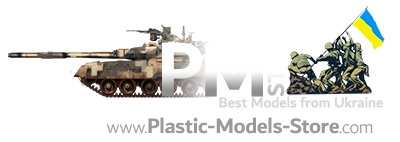
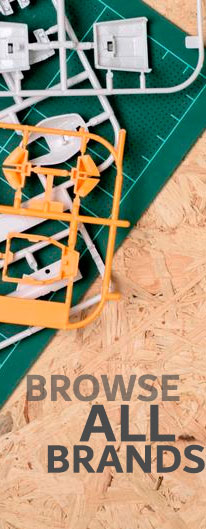

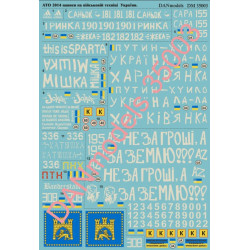
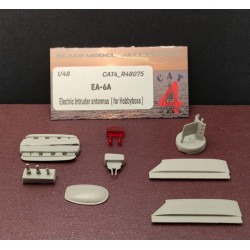



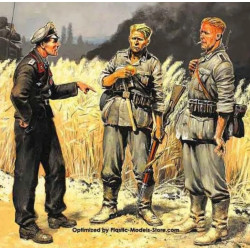



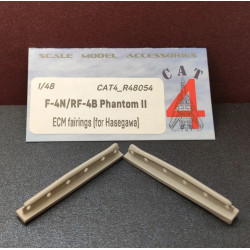
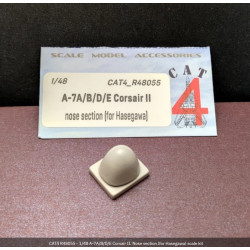

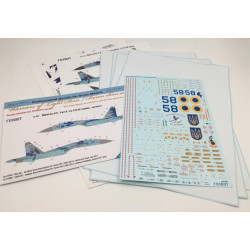
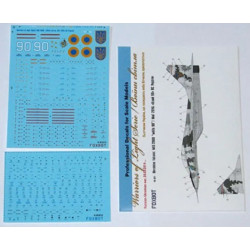

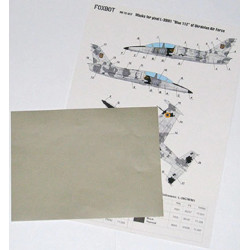
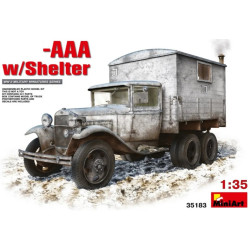


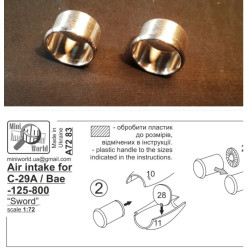
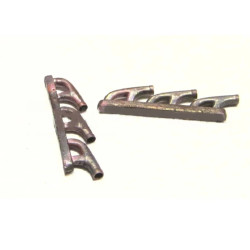
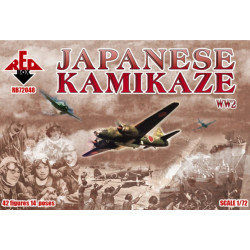





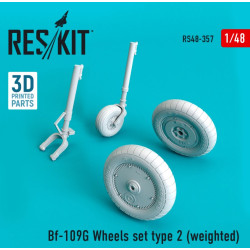


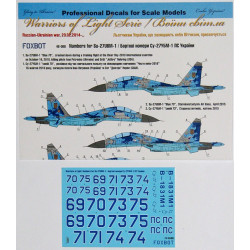
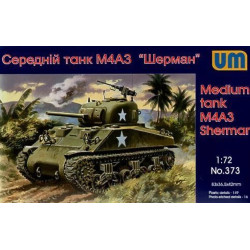









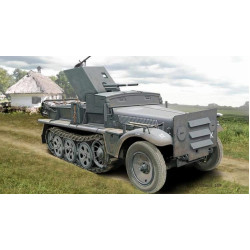
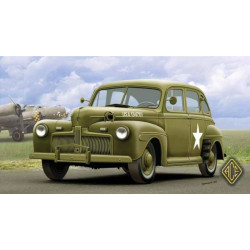
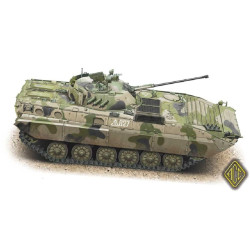
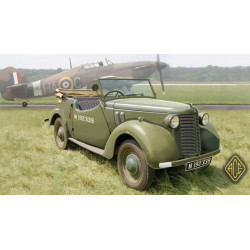
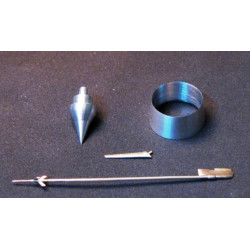

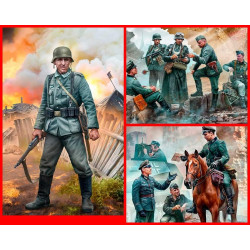
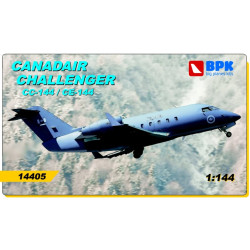
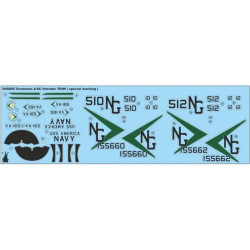

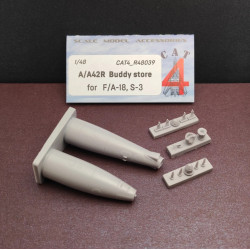

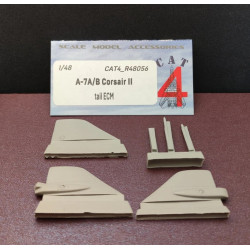
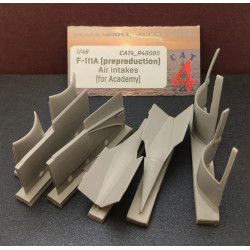
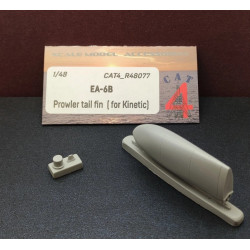
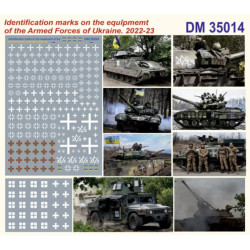
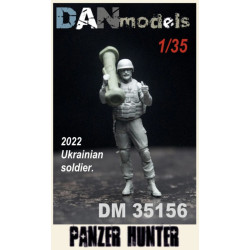

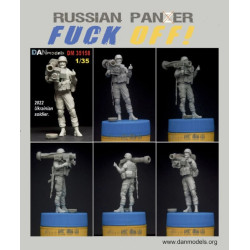

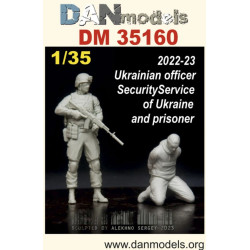
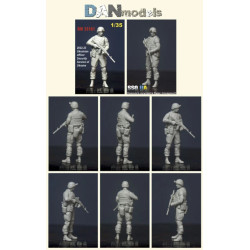

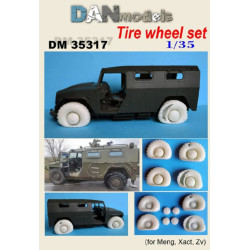
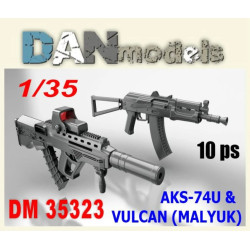
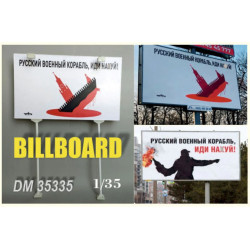
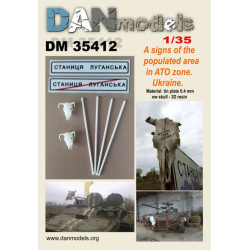


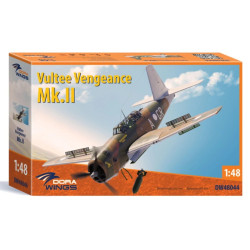

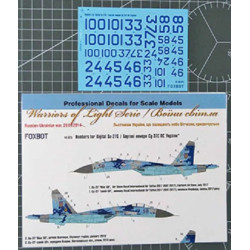

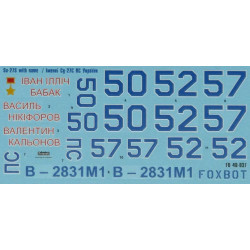

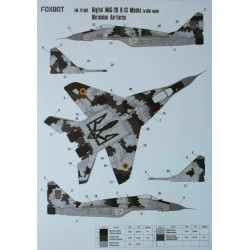





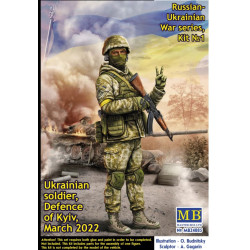
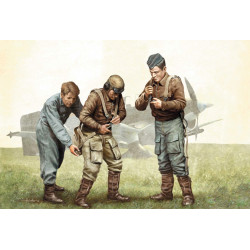

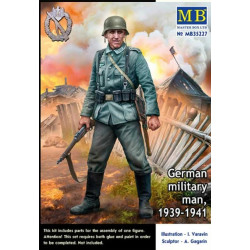
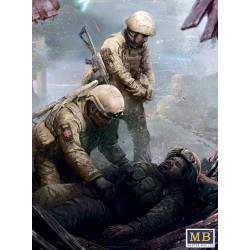












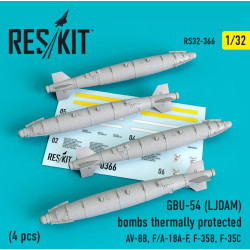










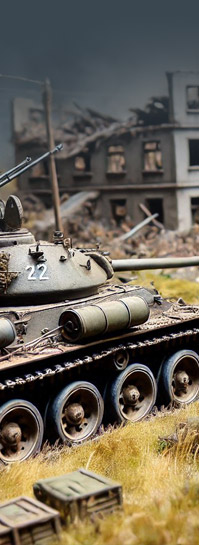
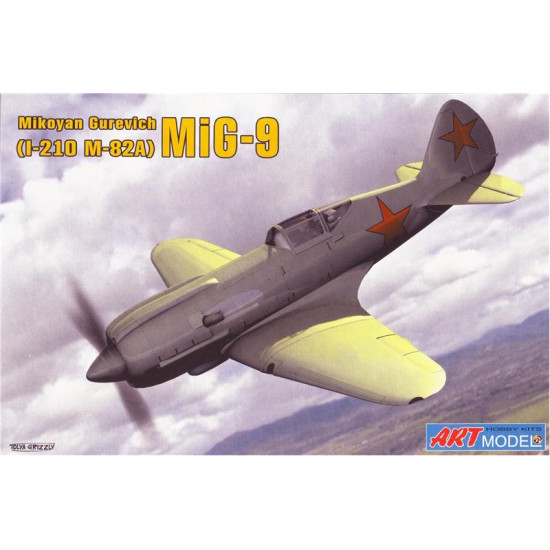

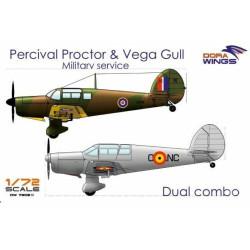


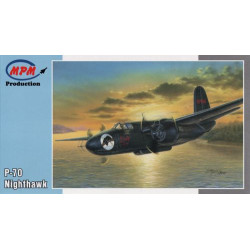
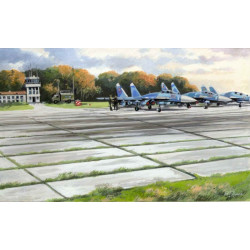
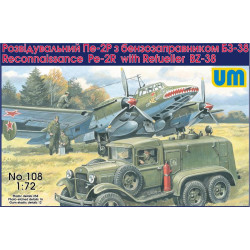
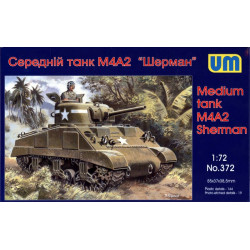
-250x250w.jpg)

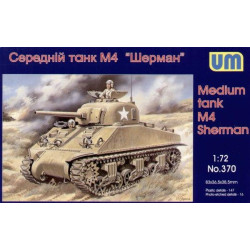
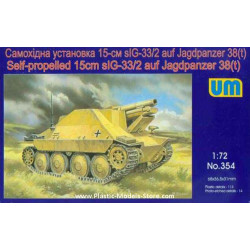
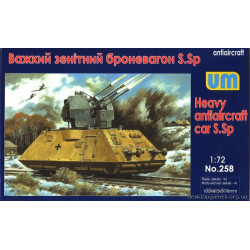
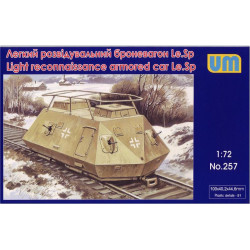
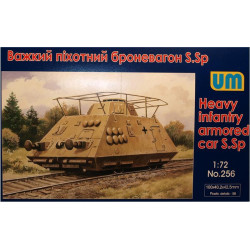
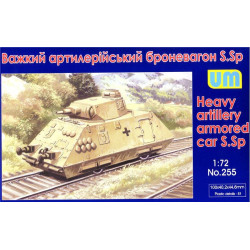
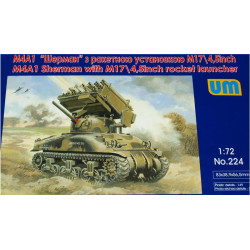
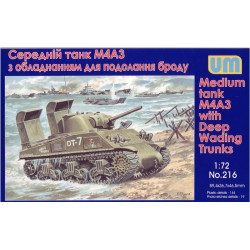

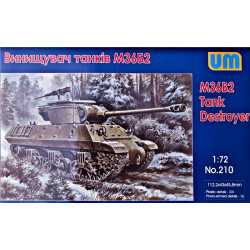
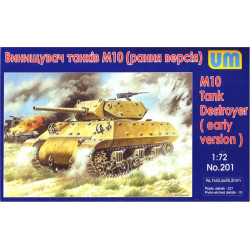

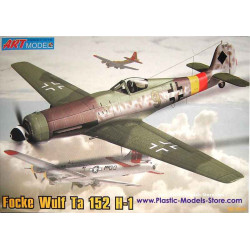
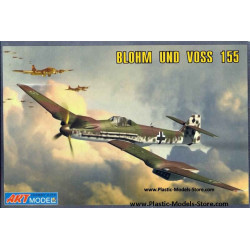
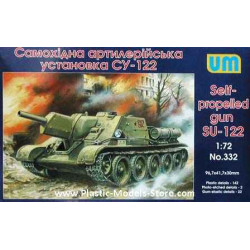
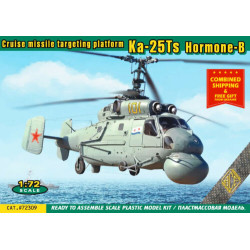

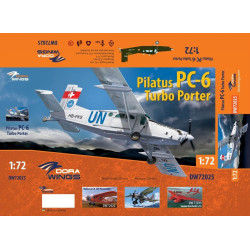

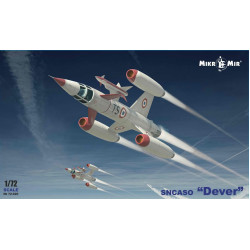
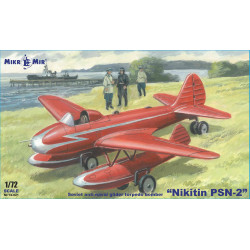
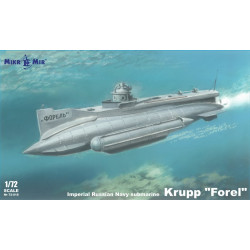
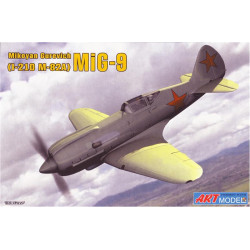
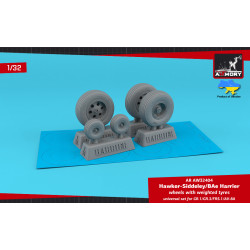
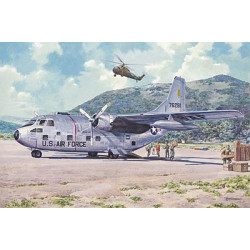
-250x250w.jpg)
